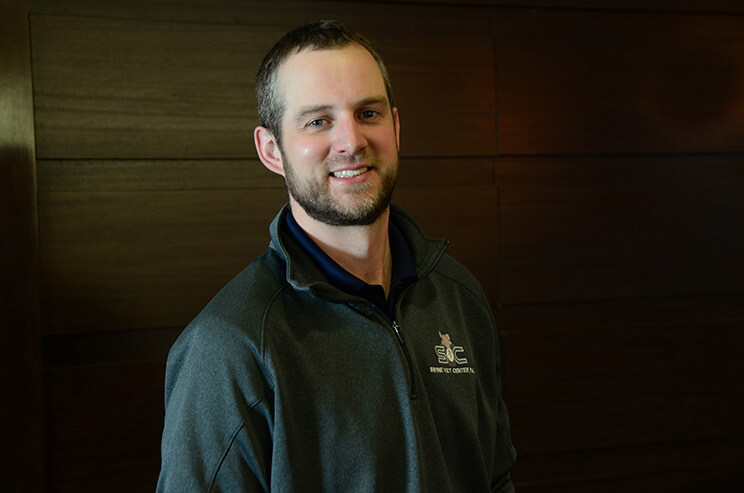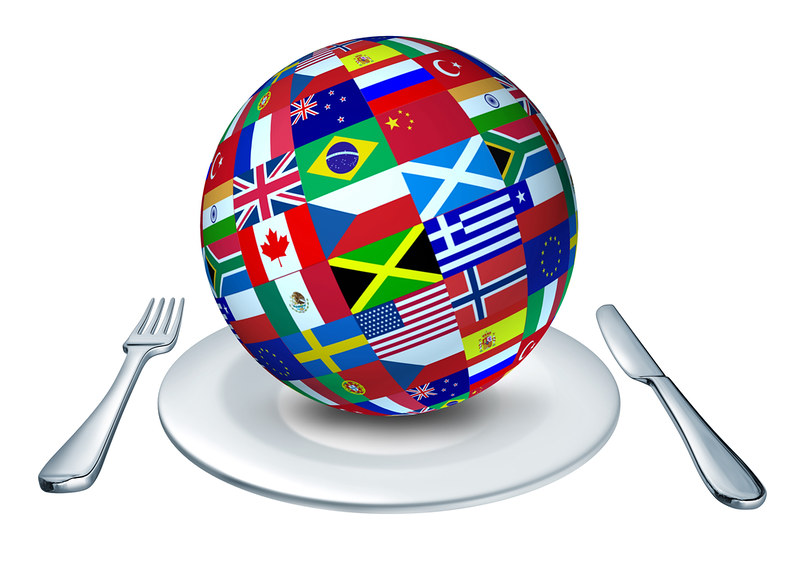



AASV: You can’t save your way to prosperity
AASV speaker Dr. Jordan Graham says hog producers shouldn’t necessarily cut animal health expenses in an effort to improve their bottom linePart of Series:
Next Article in Series >

But according to Dr. Jordan Graham, veterinarian at the Swine Vet Center in St. Peter, Minnesota, USA, who spoke at the American Association of Swine Veterinarians (AASV) 2021 annual conference (held virtually), there are still challenges ahead this year:
- Difficult packer negotiations due to ample hog supply
- Novel 1-4-4 PRRS virus in Southern Minnesota and Northern Iowa
- Record low US soybean ending stocks, raising concerns about whether soybean meal will last through harvest
- New environmental regulations that could impact production
Looking ahead to 2021 with clear eyes, the cost of production is going up. Hog price margins are, unfortunately, dead in the water, which means that producers will have to squeeze their costs this year.
However, Graham argues that hog producers shouldn’t use this as a justification for cutting animal health expenses. In fact, such short-term cuts could lead to more long-term problems.
Finding creative ways to offset spending cuts
“We as practitioners need to be prepared to discuss what health interventions will be challenged,” said Graham. “Then we need to be prepared for what interventions are up for debate on changing or eliminating, and what we need to stand firm on.”
According to Graham, one of the first costs hog producers want to cut are medications and vaccinations.
“The big question that comes with every vaccination or medication we use is, ‘Can we live without it?’” he said.
There are many vaccines and medications that are routine, and if removed could potentially present a health challenge. It’s important for practitioners to know the actual, quantifiable impact for removing those treatments.
For example, Graham detailed an exercise where his team examined a 3,000-sow farrow-to-wean farm routinely vaccinating pre-farrowing for parvovirus, erysipelas, and leptospirosis. Since there was no clinical disease on this farm for a long time, they considered removing those vaccines while the costs were high, with the intention of reimplementing them later.
After doing some quick numbers, Graham calculated that removing those vaccines would save $0.07 per pig, or $6,400 total. Then he asked, “Is there a change in production that could offset that savings?” That particular farmer was coming off the heels of a PRRS elimination, so the farm was higher on mummies and returning to the 2.5% to 3% mummy range. So assuming $40 for a weaned pig, they would need to save 162 pigs to pay for the vaccine, which is less than 0.2% annually.
So while producers may think that foregoing vaccines and medications may be the best way to cut costs, there often is other low-hanging fruit on the tree that can better accomplish their goals.
Other areas that Graham recommended producers consider as opportunities to cut costs without jeopardizing animal health:
- Use of high quality but less expensive generic products
- Review of inventory to ensure producers aren’t overstocking on vaccines
- Review of dosage with farm staff to ensure the right amount is being administered
Why biosecurity isn’t an area to cut corners
Biosecurity is expensive. If producers overinvest in biosecurity, they’ll lose their business. On the other hand, if they underinvest in it, they’ll lose their business. So it comes down to finding a happy medium:
- Rendering vs. compost. Only one-third of low-incidence PRRS farms use rendering. While composting is more expensive, it can stave off bigger biosecurity costs down the road.
- Transport biosecurity. While breeding and weaned trailers are treated differently than market trailers, producers should still invest in sanitation for transport. It may seem like an easy cost savings, but it only takes one incident to bring PEDV back to a farm.
- Separation of labor. When farms are shorthanded, sometimes other personnel will help with the loading, which can lead to cross-contamination.
If producers aren’t careful, they can create serious problems for their farms in terms of not only biosecurity, but intangible costs.
For example, by not investing in resources to keep pigs healthy, farmers are putting up more obstacles for their caretakers to do their jobs. That can lead to a demoralized staff, which reduces efficiency and results in another intangible cost.
There’s an old adage that says, “Do right by the pig, and they’ll do right by you.” Graham stressed the importance of this during his presentation.
As he put it, “Fewer headaches and disease problems end up paying for themselves in the long run.”












